Have you ever returned home to a beloved cat after weeks or even months away, only to be met with a cold shoulder or wary eyes? The feeling can be heartbreaking. Our feline friends are creatures of habit, and any disruption—like a long absence—can shake their sense of security and trust. But don’t worry; with patience and understanding, you can mend and even deepen your bond. This guide will walk you through every step, from the moment you cross the threshold to the joyful day your cat seeks you out for cuddles again. Let’s dive into the delicate art of reconnecting with your cherished companion.
Understanding the Impact of Absence on Your Cat
Cats are sensitive animals. A sudden or prolonged absence can leave them feeling confused, anxious, or even betrayed. Unlike dogs, cats may not always greet you with excitement after time apart. Some might hide, avoid eye contact, or act indifferent. These behaviors don’t mean your cat has stopped loving you—they’re simply coping with the change. Understanding this helps you approach the situation with empathy and patience. Remember, your cat’s world revolves around routine, and any abrupt change can take time to process. Recognize their feelings as valid and give them the space they need to readjust.
Preparing Your Mindset Before Reconnecting
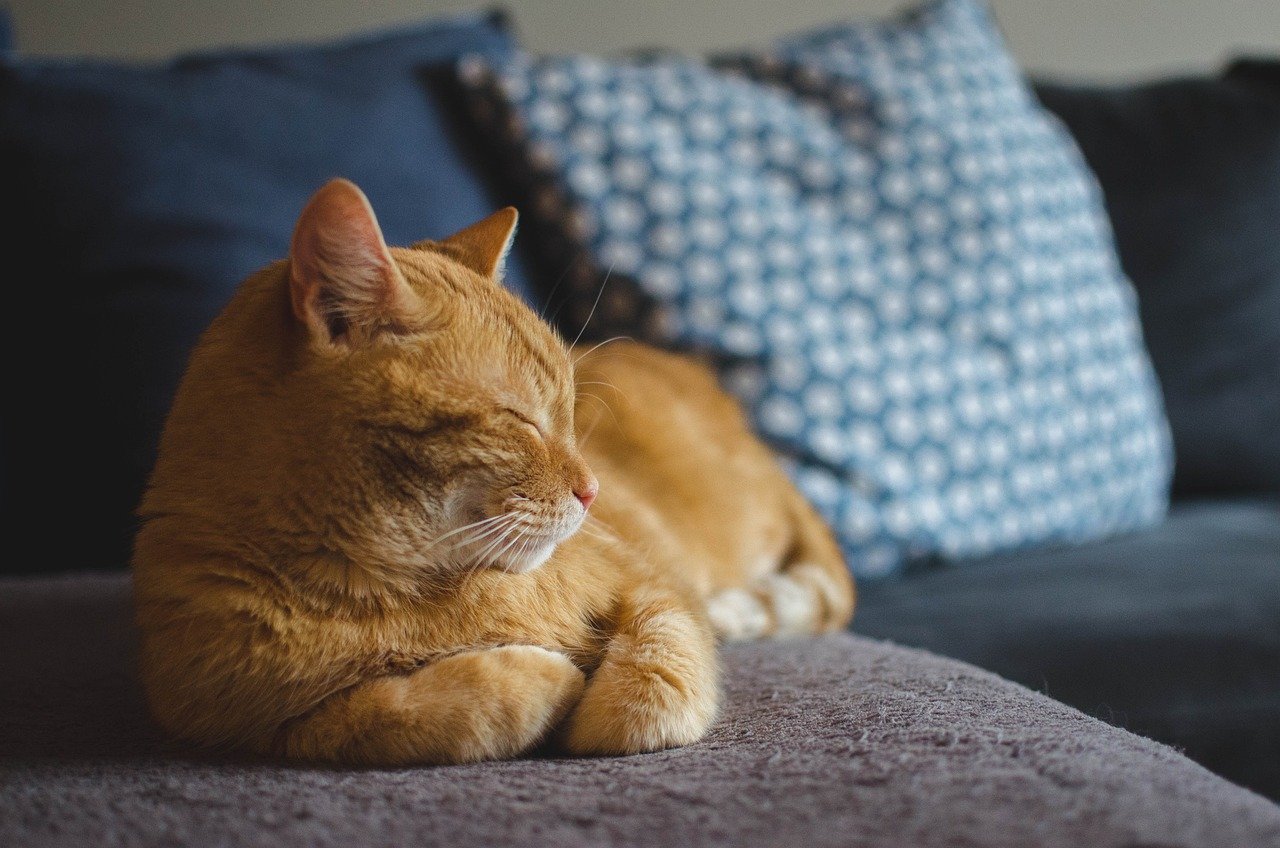
Before you even open the door, it’s important to set realistic expectations. Rebuilding trust and affection won’t happen overnight. Prepare yourself emotionally for the possibility of rejection or coolness at first. Remind yourself that your cat’s reaction is not personal but a natural response to change. Keep your demeanor calm and loving, avoiding any frustration if your feline seems distant. Visualize positive outcomes and remind yourself of the joyful moments you’ve shared before. Your patience and understanding will set the tone for a successful reconnection.
Creating a Calm Reentry Environment
Your return should be as stress-free as possible for your cat. Before you arrive, ask someone to tidy up and remove any unfamiliar scents that may have accumulated in your absence. Soft lighting, quiet surroundings, and familiar objects—like your cat’s favorite blanket or toy—can make a huge difference. Avoid loud noises, sudden movements, or bringing in too many guests. Consider using calming pheromone diffusers to ease your cat’s anxiety. A peaceful environment tells your cat that it’s safe to come out and explore, helping the reconnection process begin.
Letting Your Cat Set the Pace

It’s tempting to rush in for cuddles, but let your cat come to you. Sit quietly in the room, maybe reading or scrolling on your phone. Allow your cat to observe you from a distance. This approach gives them a sense of control and reduces their stress. If your cat hides, don’t force them out; instead, talk softly or offer treats nearby. When your cat chooses to approach, reward them with gentle praise. Rebuilding trust is like earning it for the first time—slow, steady, and respectful of boundaries.
Utilizing Scent to Re-Familiarize
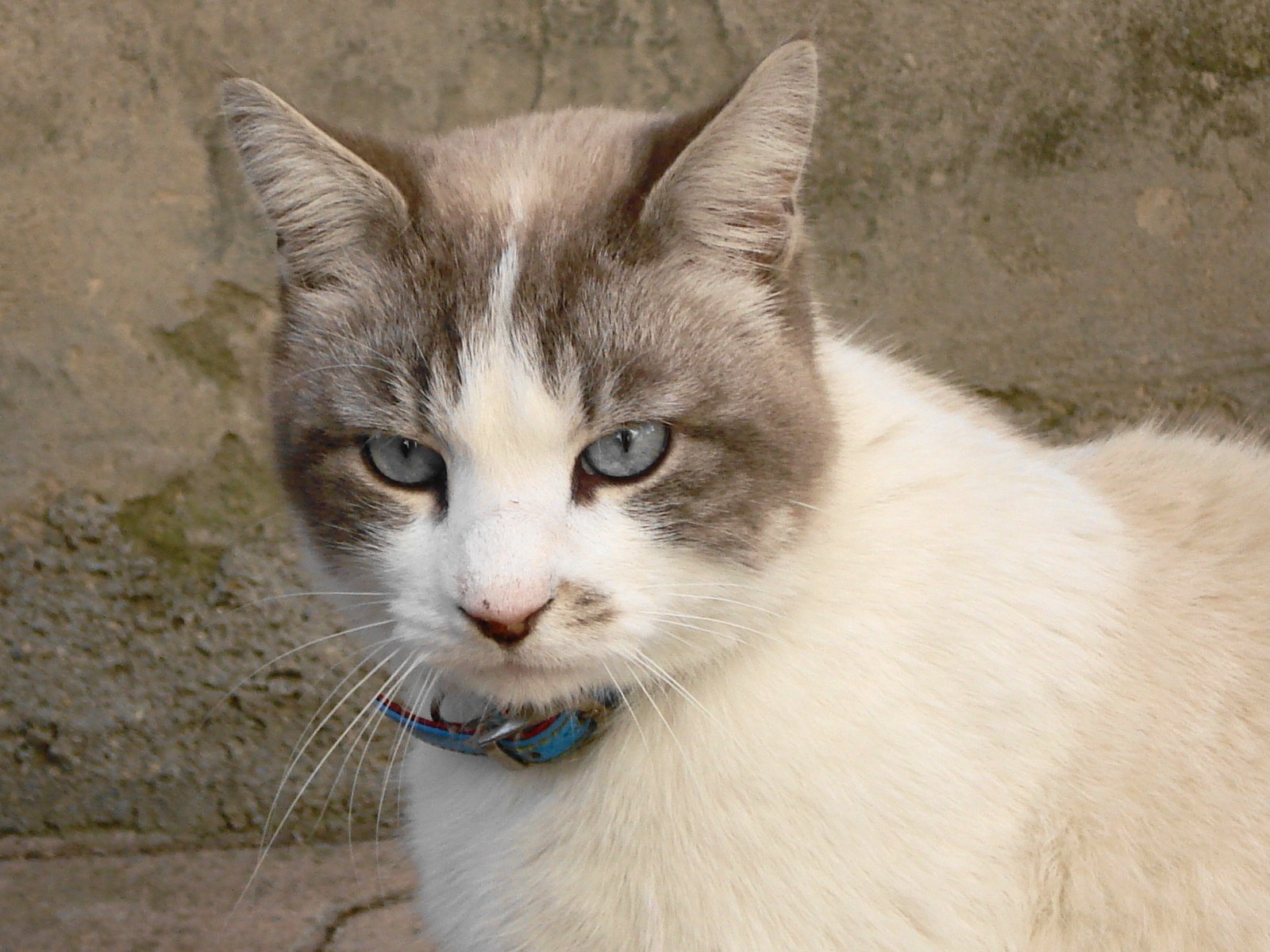
Scent is a primary way cats recognize their humans. After a long absence, you may smell unfamiliar to your cat, especially if you’ve traveled or stayed elsewhere. Leave worn clothing or a pillowcase with your scent in your cat’s favorite spot. This helps your cat get used to your presence again, even if you’re not in the room. You can also gently rub a cloth on your face or hands, then leave it where your cat likes to rest. This subtle method helps bridge the gap created by time apart.
Speaking Softly and Using Reassuring Tones
Your voice can be a powerful comfort to your cat. Speak in gentle, soothing tones, using familiar phrases or nicknames they associate with affection. Avoid raised voices or sudden exclamations, as these can startle or unsettle your cat. Narrate your actions calmly—“I’m just getting some water,” or “It’s time for dinner”—to help your cat feel part of your routine again. Over time, your voice will remind them of the safety and stability they’ve always known with you.
Offering Favorite Treats and Meals
Food is a wonderful way to rebuild positive associations. Offer your cat their favorite treats or a special meal, ideally by hand or in their usual spot. This gesture shows your cat that good things still come from you, even after time apart. Don’t overwhelm them with too many treats at once; a single tasty bite can be enough to spark curiosity. Mealtime can also become a ritual that reestablishes your bond, as your cat comes to anticipate your presence and care.
Engaging in Gentle, Familiar Play
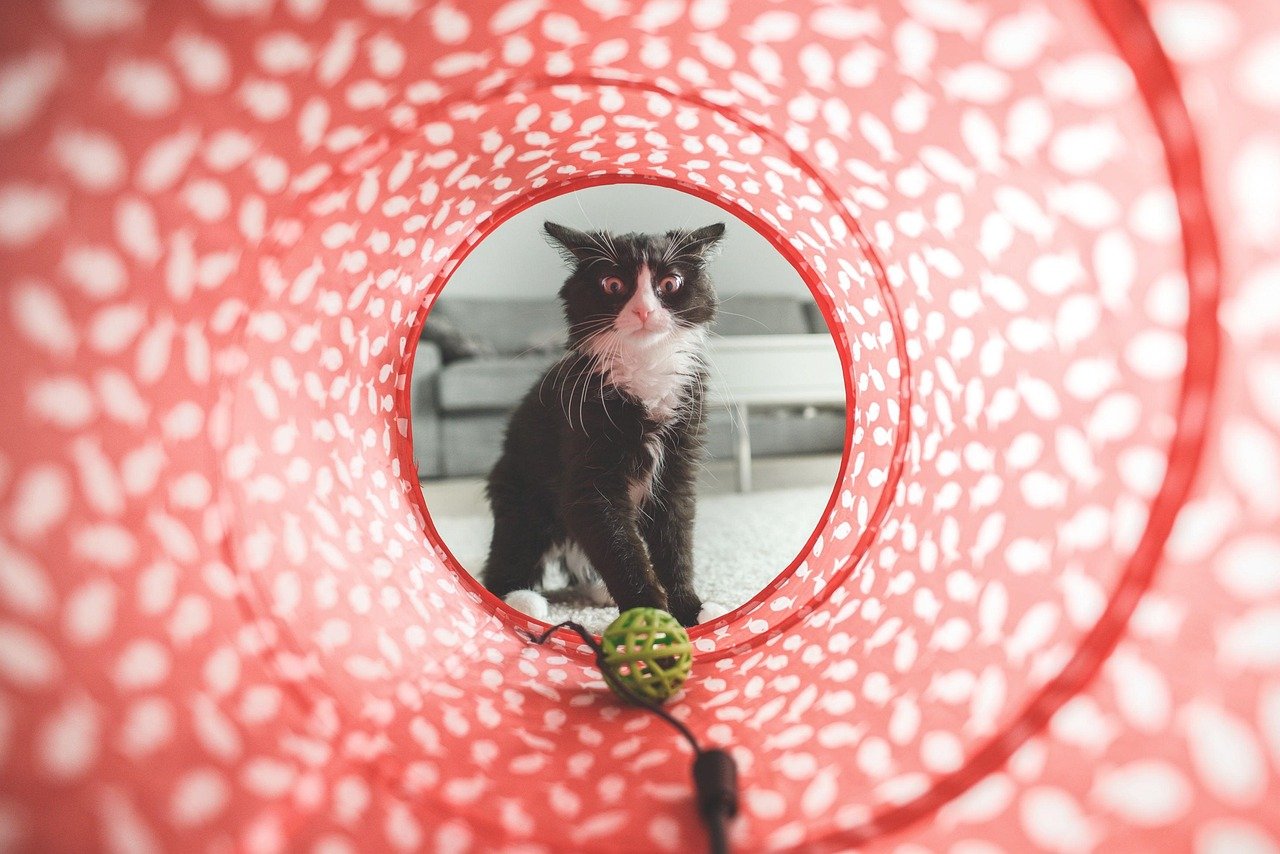
Play is a natural way for cats to express trust and affection. Gently introduce your cat’s favorite toys—like a feather wand, string, or crinkle ball. If your cat is hesitant, sit nearby and wiggle the toy softly, letting them watch before engaging. Avoid boisterous or aggressive play, which can intimidate a wary cat. As your cat starts to interact, celebrate their bravery with encouraging words or a gentle pet. The goal is to recreate positive memories and remind your cat of the fun you’ve shared.
Reestablishing Routine and Consistency
Cats thrive on predictability. After a long absence, try to return to your old routines as quickly as possible—feeding times, play sessions, and quiet evenings together. Consistency reassures your cat that life is returning to normal. If your schedule has changed, introduce new routines gradually, always signaling transitions with cues your cat understands. Routine is like a security blanket for cats, helping them feel grounded and connected to you.
Respecting Personal Space and Boundaries
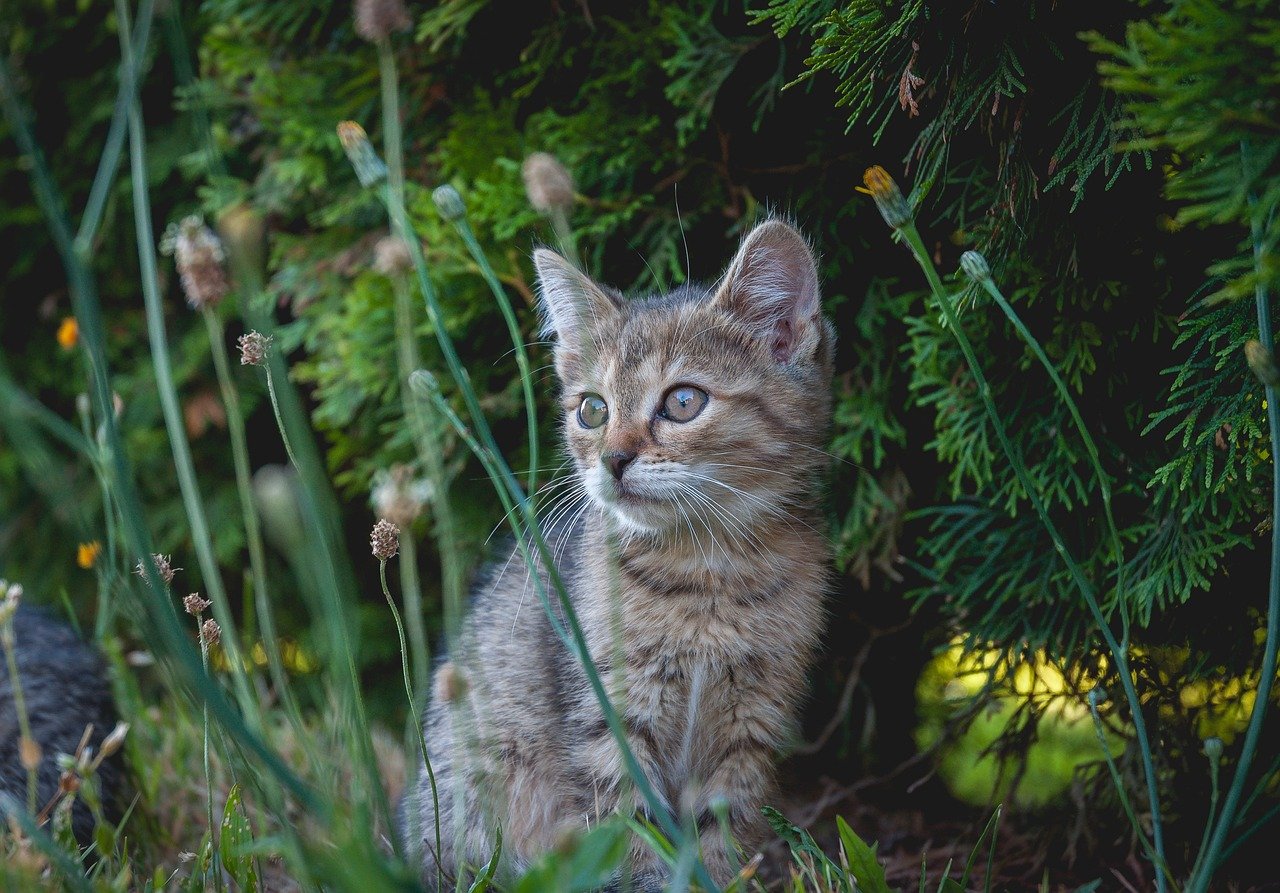
Every cat is different. Some may crave immediate affection, while others need days or even weeks before they’re comfortable. Respect your cat’s cues—if they turn away or move to another room, let them be. Never force petting or cuddling. Instead, offer affection at their request, reinforcing the idea that you respect their autonomy. Over time, your cat will feel safer and more inclined to seek your company on their own terms.
Observing Body Language and Behavior
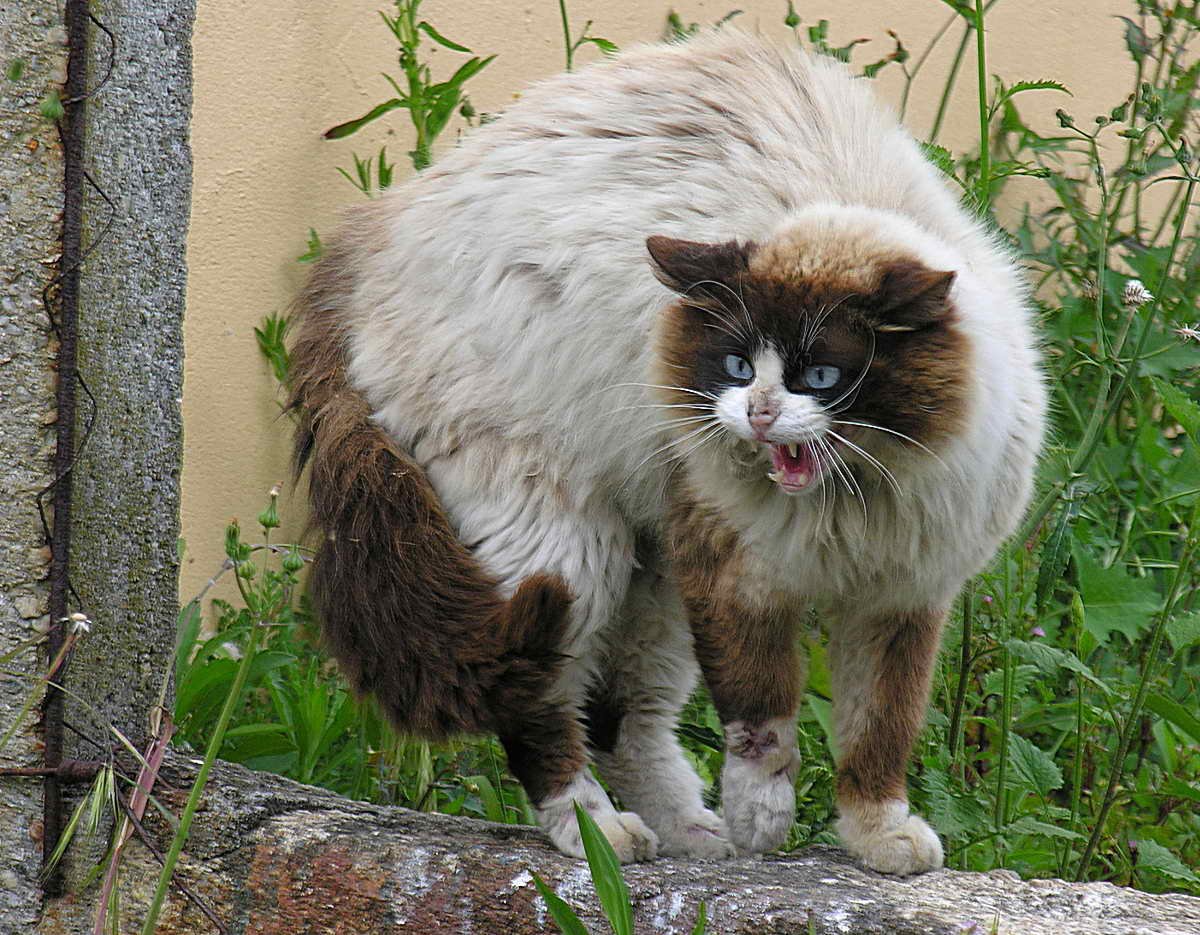
Pay close attention to your cat’s body language. Ears back, tail flicking, or flattened posture signal stress or discomfort. In contrast, slow blinks, relaxed tails, and gentle head butts are signs of trust. Respond to these cues accordingly; back off if your cat seems tense, and reward relaxed behavior with gentle strokes or treats. By tuning in to your cat’s signals, you become a more empathetic and attentive companion.
Managing Multi-Cat Dynamics After Separation
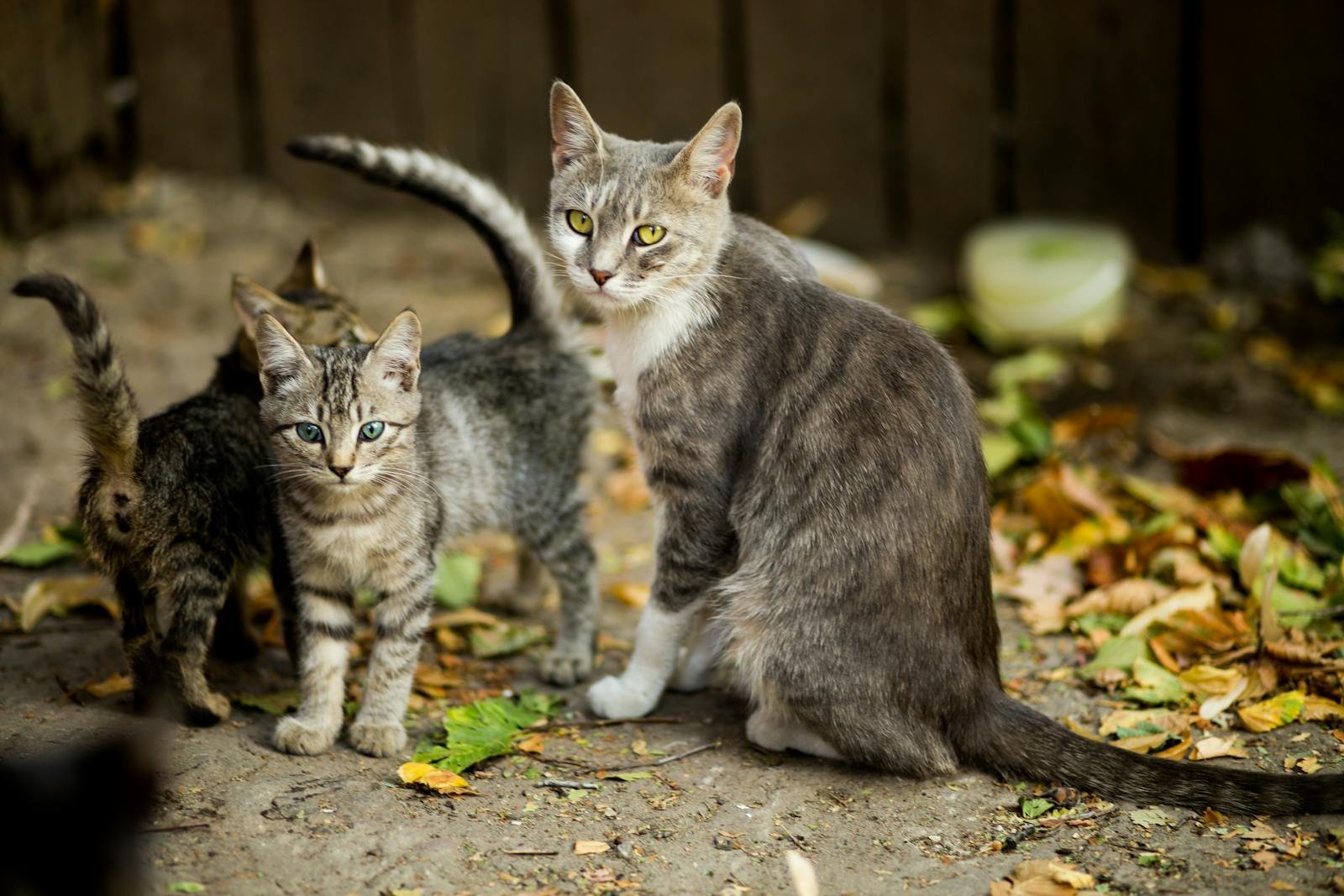
If you have more than one cat, your absence might have shifted their relationships, too. Reintroduce yourself to each cat individually, offering equal attention to prevent jealousy or competition. Watch for signs of tension—like hissing or swatting—between cats and intervene gently if needed. Encourage group play and shared treats to rebuild their group dynamic. Harmony among your cats will foster a more peaceful homecoming for everyone.
Addressing Possible Behavioral Changes
Sometimes, a cat may develop new behaviors during your absence—like over-grooming, inappropriate scratching, or litter box issues. These are often signs of stress or insecurity. Address the root cause by providing extra comfort, routine, and positive reinforcement. Avoid punishment, as it can worsen anxiety and damage trust. If concerning behaviors persist, consult a veterinarian to rule out medical issues and discuss further strategies.
Reintroducing Physical Affection Slowly
Some cats love snuggles, while others are more reserved. After a long absence, even the cuddliest feline may hesitate. Start with gentle chin scratches or head rubs, watching for positive reactions. If your cat leans in or purrs, continue with more affection. If they pull away, stop and try again later. Building back physical closeness should always be guided by your cat’s comfort level, ensuring that every touch is a step toward renewed trust.
Encouraging Exploration and Playfulness
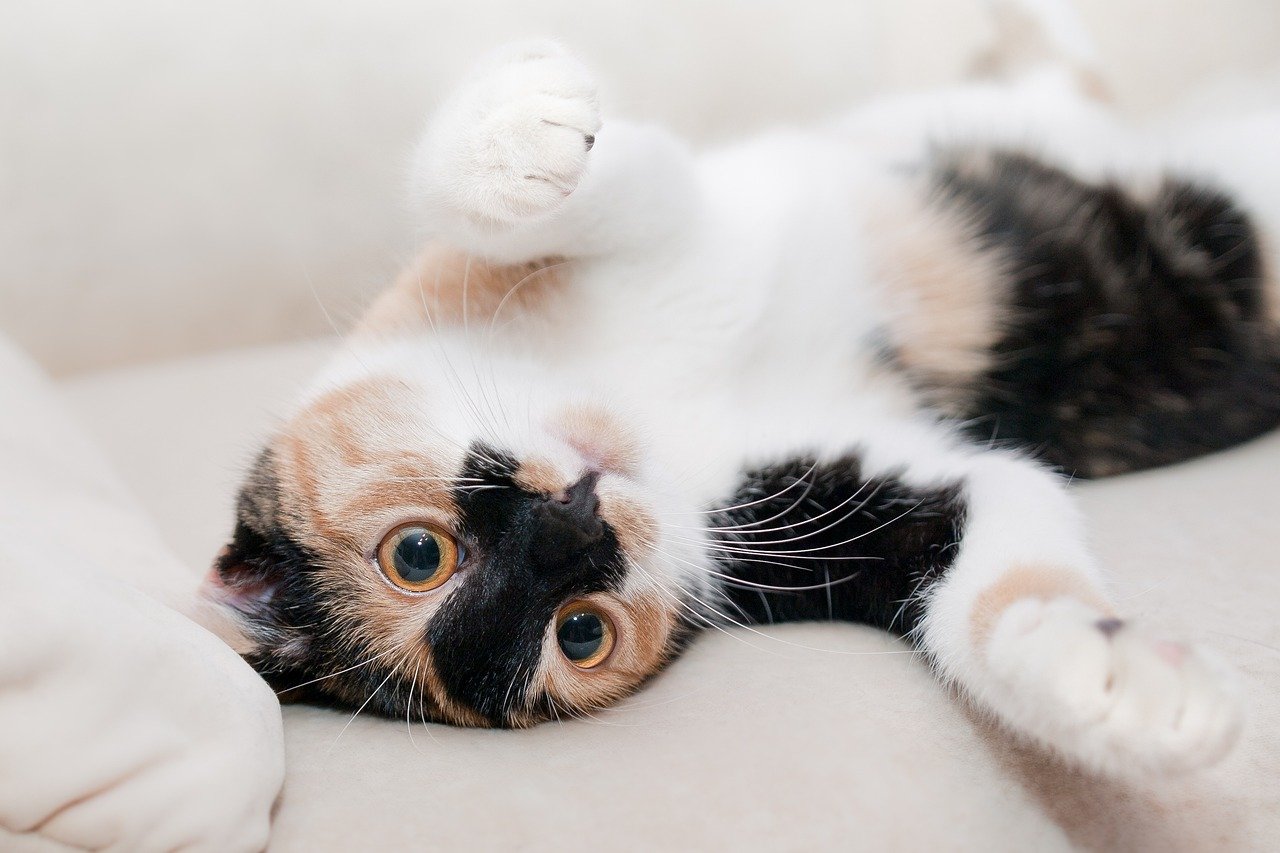
Your home may feel different to your cat after your absence. Encourage exploration by opening up favorite spaces and placing toys or treats in new locations. Interactive play—like chasing a laser pointer or exploring a cardboard box—stimulates your cat’s curiosity and helps burn off nervous energy. Celebrate small victories, like your cat coming out of hiding or initiating play. Exploration is a sign that your cat is regaining confidence and adapting to your presence again.
Using Positive Reinforcement Techniques
Reward your cat for brave or affectionate behavior with treats, praise, or extra playtime. Positive reinforcement teaches your cat that engaging with you leads to good things. You can even use clicker training to encourage certain behaviors, like coming when called or sitting on your lap. Be patient and consistent; over time, your cat will look forward to these interactions and the rewards they bring.
Building Trust Through Predictable Actions
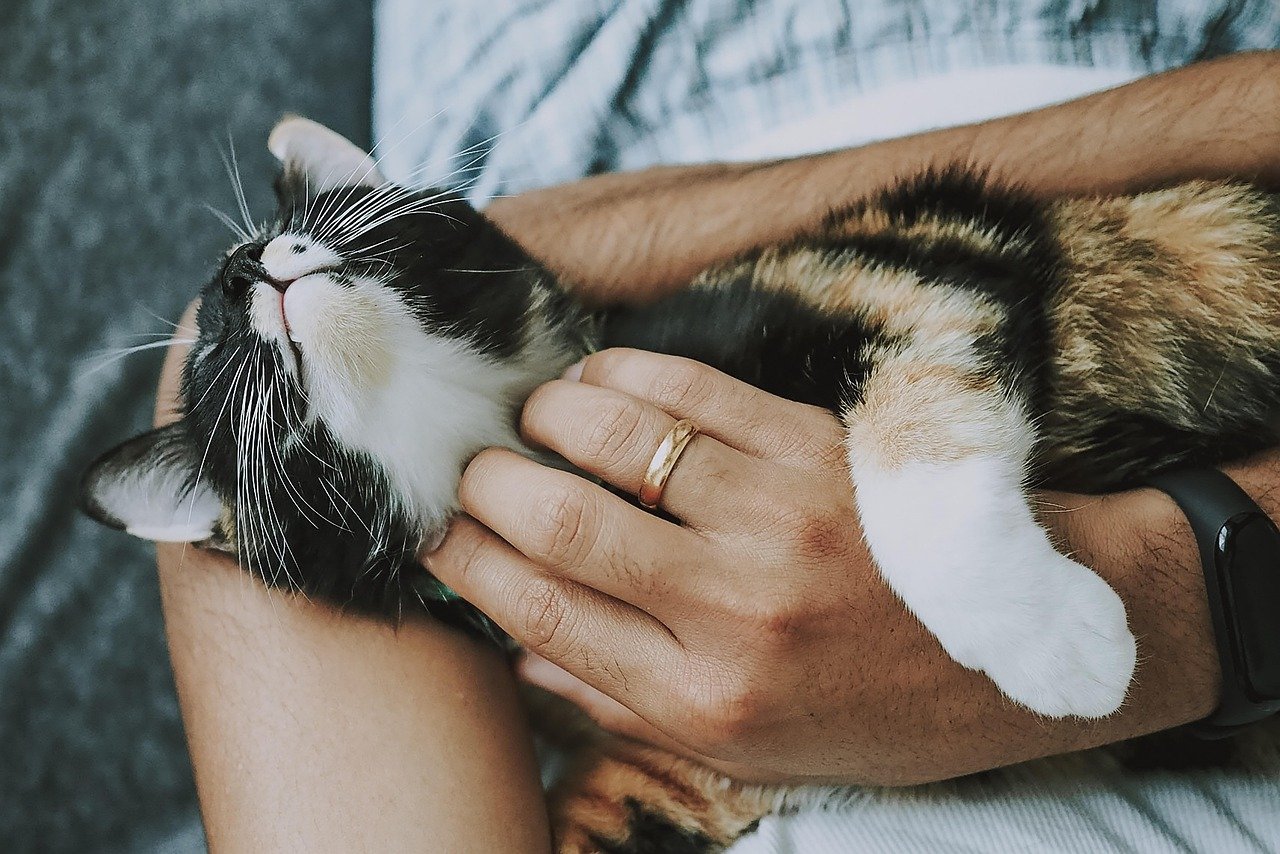
Trust is the foundation of every strong bond. Show your cat that you’re dependable by following through with promises—feed them at the same time each day, keep play sessions regular, and avoid sudden changes to their environment. Even simple gestures, like always refilling their water bowl or cleaning the litter box promptly, reinforce your role as a reliable caregiver. Trust grows slowly, but every small act adds up.
Seeking Help if Reconnection Is Difficult
Sometimes, despite your best efforts, a cat may continue to struggle after your return. Don’t hesitate to seek professional help from a veterinarian or a feline behaviorist. Persistent changes in appetite, mood, or health can signal underlying issues that need attention. A professional can offer tailored advice and support, ensuring your cat’s well-being and your peace of mind.
Celebrating Small Victories Along the Way
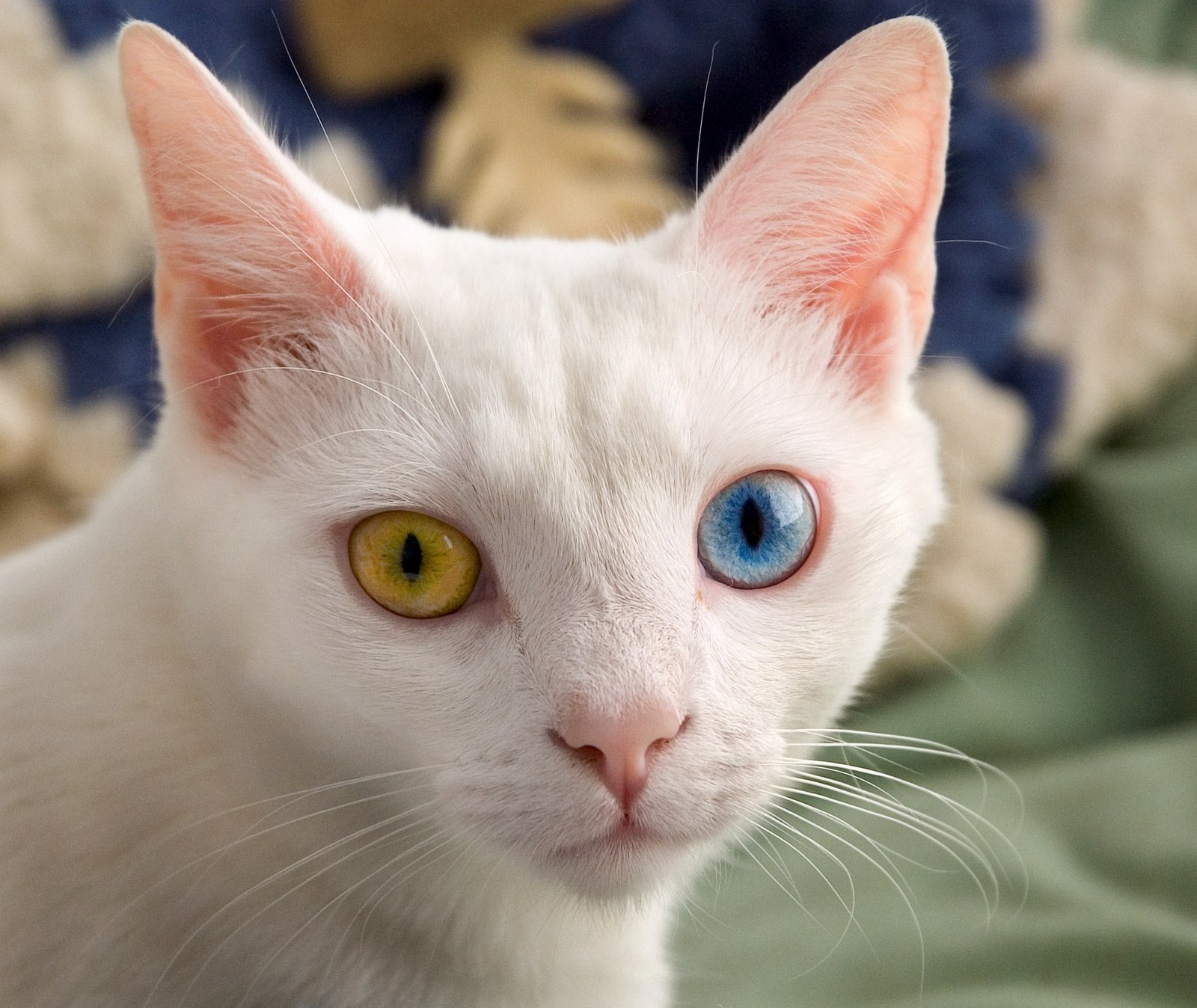
Rebuilding connection is a journey, not a race. Celebrate every milestone—your cat’s first slow blink, a tentative head bump, or the moment they curl up beside you again. These moments are proof that trust is returning, and your bond is growing stronger. Keep a journal or snap photos to remind yourself of your progress. Each victory, no matter how small, is worth cherishing.
Looking Ahead: Maintaining a Strong Bond
Once you’ve rebuilt your connection, focus on keeping it strong. Make time each day for quality moments with your cat—whether it’s play, grooming, or simply sitting together in silence. Watch for subtle changes in behavior that might indicate stress or discomfort. By staying attentive and responsive, you’ll ensure your relationship continues to flourish, no matter what life throws your way.
Hi, I’m Bola, a passionate writer and creative strategist with a knack for crafting compelling content that educates, inspires, and connects. Over the years, I’ve honed my skills across various writing fields, including content creation, copywriting, online course development, and video scriptwriting.
When I’m not at my desk, you’ll find me exploring new ideas, reading books, or brainstorming creative ways to solve challenges. I believe that words have the power to transform, and I’m here to help you leverage that power for success.
Thanks for stopping by, Keep coming to this website to checkout new articles form me. You’d always love it!






